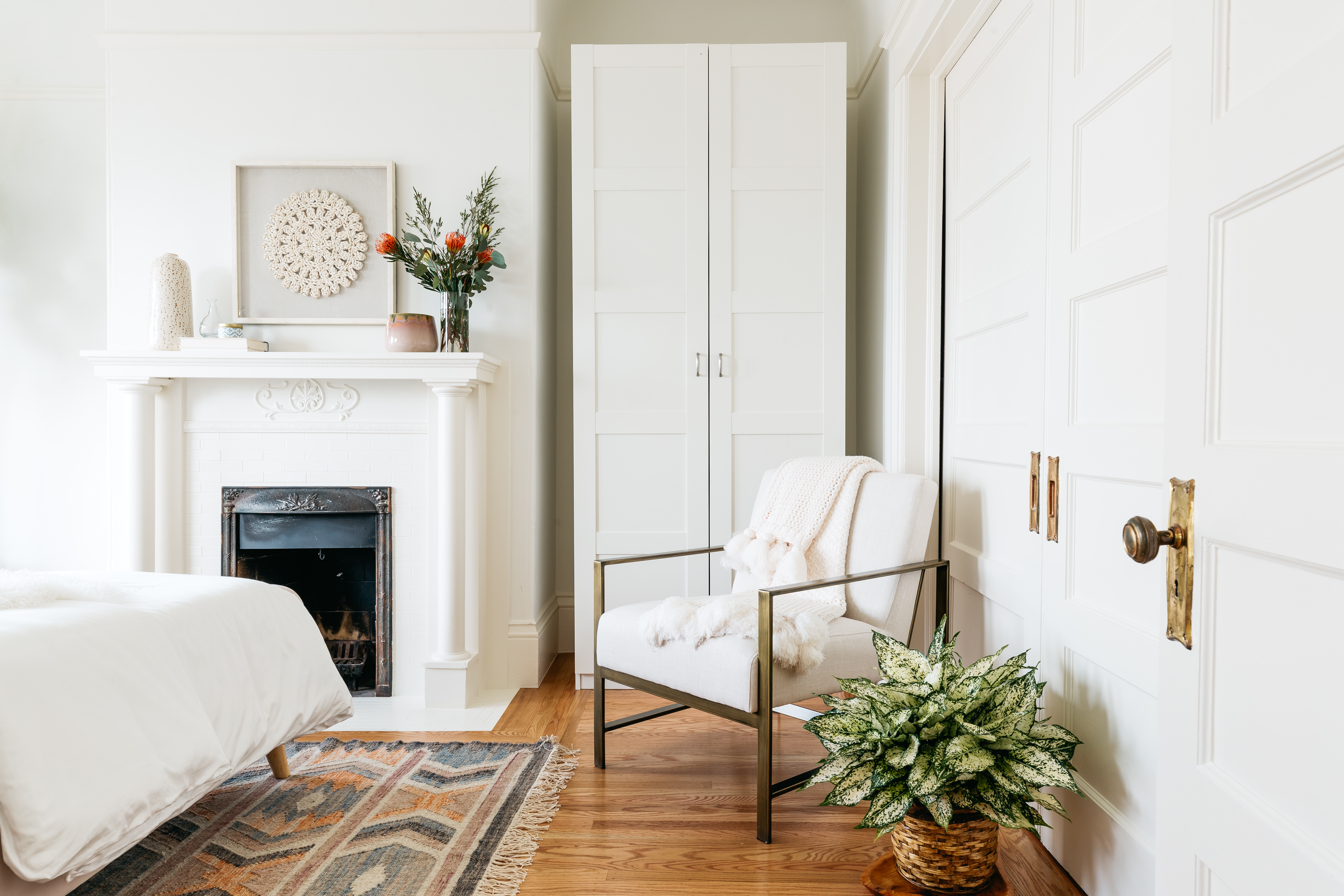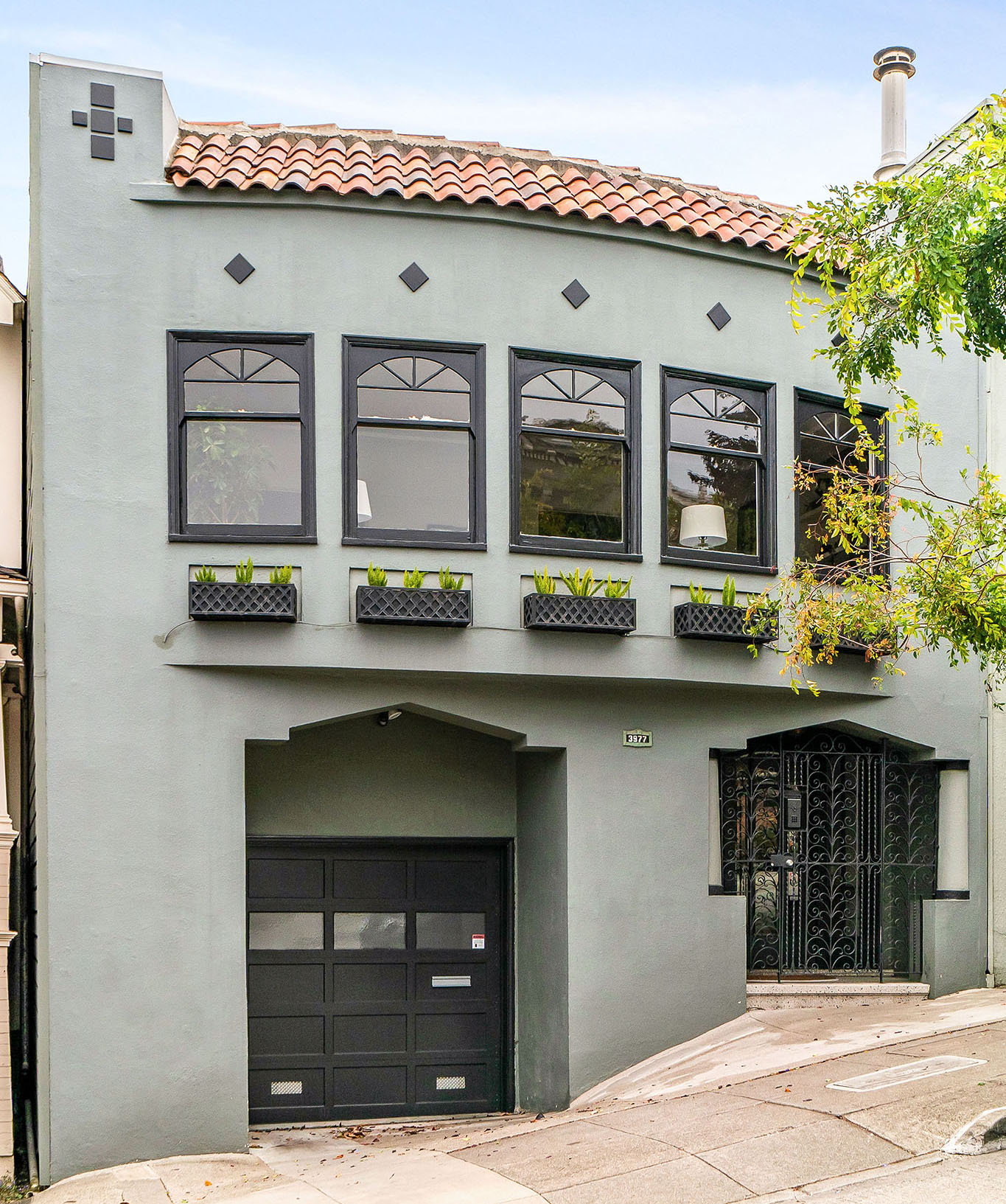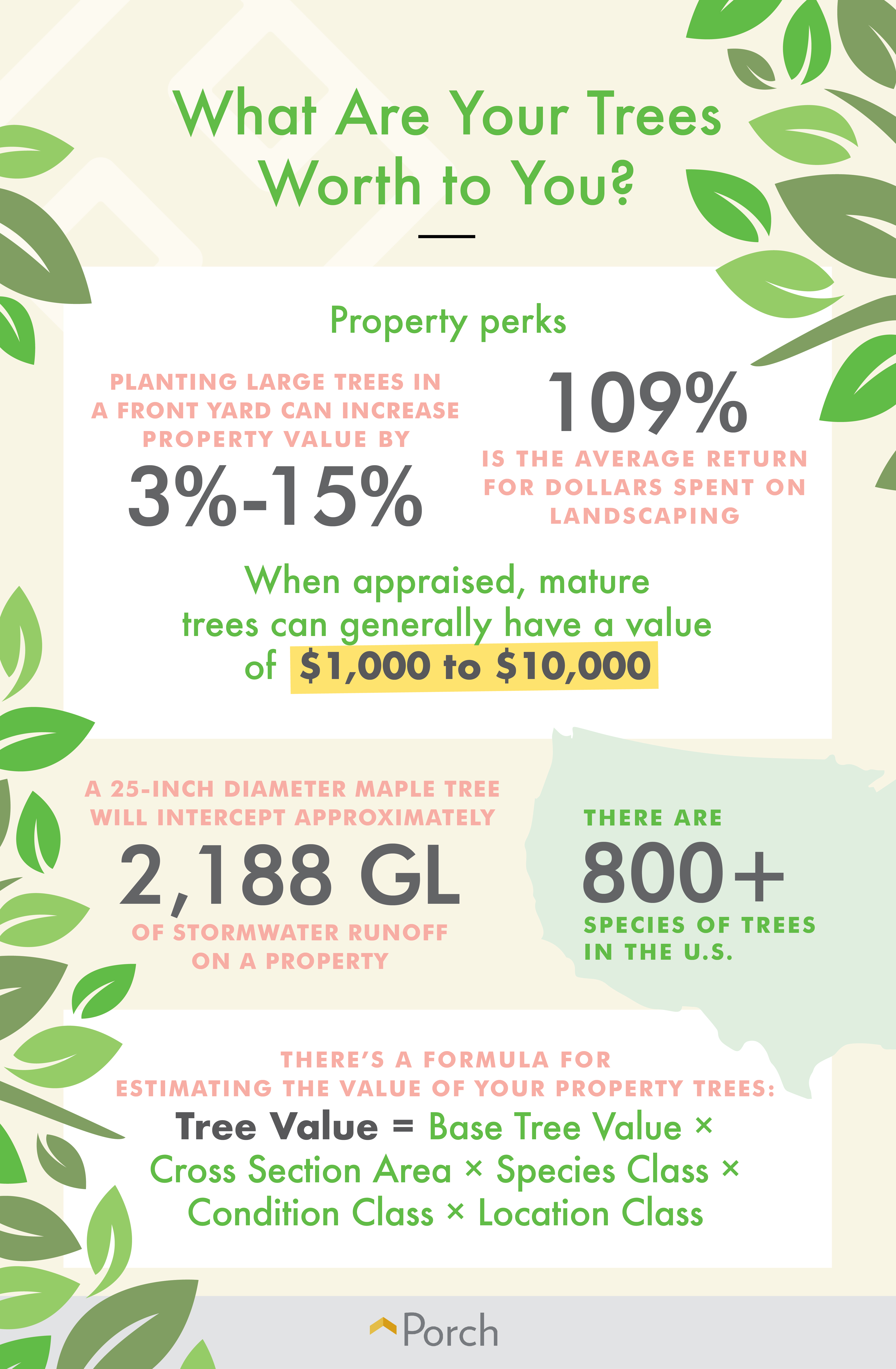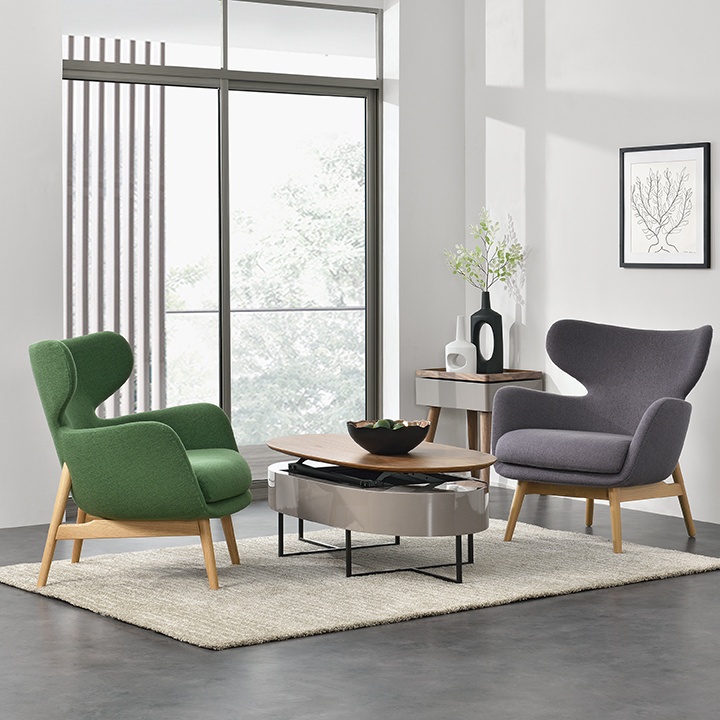How to Design Your Own Fireplace and Stylish Mantelpiece
There’s nothing quite like gathering around a warm, roaring fire in the comfort of your own home. A fireplace adds a beautiful component to any room or even to your favorite outdoor space. Whether wood burning, gas, or electric, you can enjoy the many benefits that a fireplace provides. Not only does this feature add significant value to your home, but it’s also an excellent way to heat your entire house during the frigid winter months. If you’ve always wanted a fireplace, but you’re not sure where to begin, read on to learn some helpful fireplace ideas and inspiration to help you design a beautiful fireplace and stylish mantelpiece.





.jpg)

%20LIFE.jpg)
.jpg)
